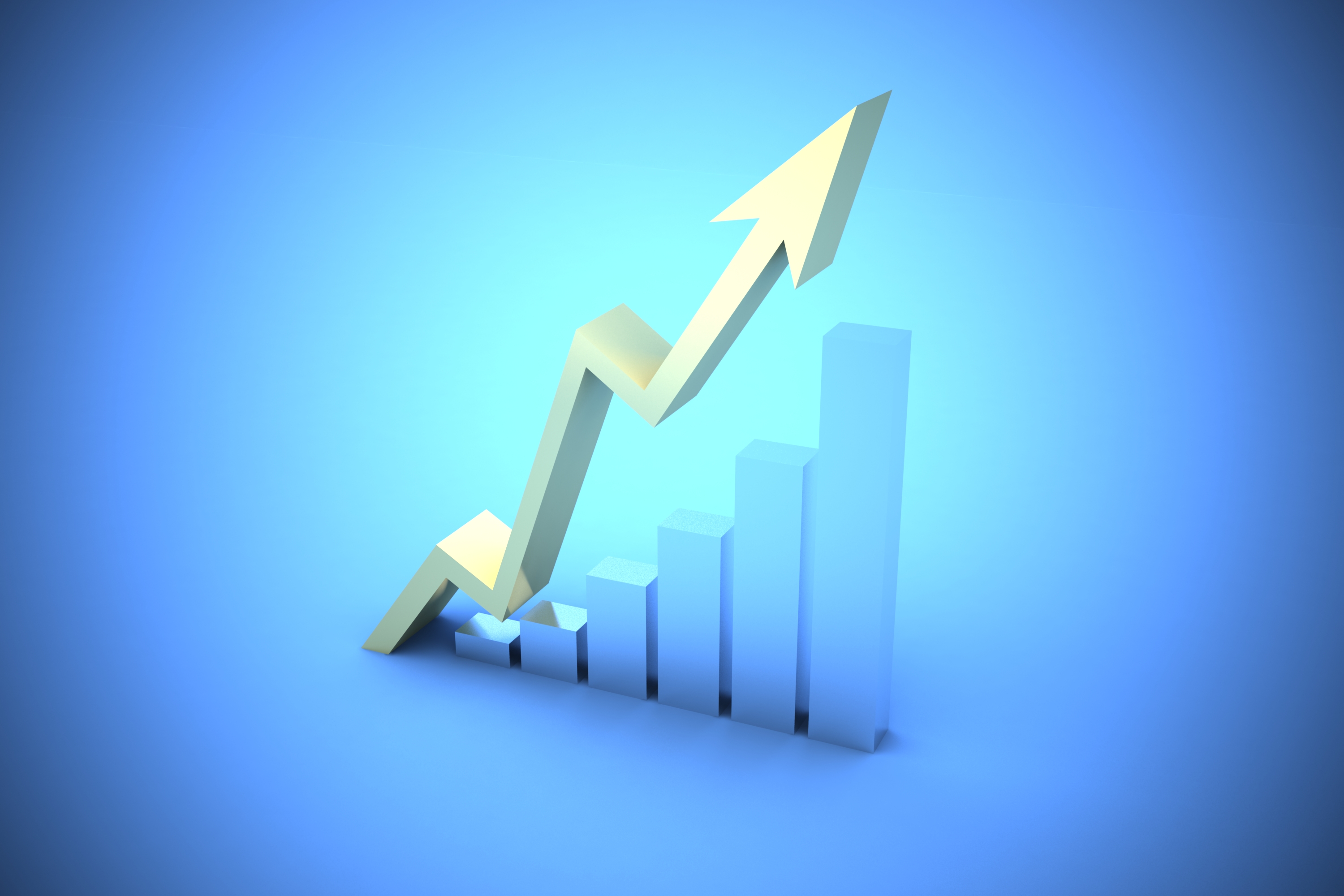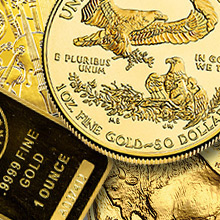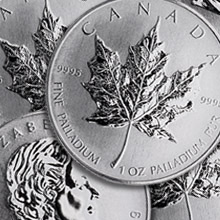
What Causes Price Inflation?
The Causes of Price Inflation
In this BGASC.com inflation series we will review examples of the various types of inflation in different countries and the impact they may have on the prices of precious metals.
Price inflation can be caused by any of the following factors which may occur individually or simultaneously with others:
Central Bank Actions
Increases in the Money Supply
When a central bank engages in accommodative monetary policy it may buy bonds or other assets by creating its domestic currency out of thin air in order to buy the assets. By creating more domestic currency, the money supply of a nation increases. The U.S. Federal Reserve conducted a policy called quantitative easing (QE) whereby from 2009 – 2014, it purchased over $4 trillion worth of U.S. Government Bonds and underperforming mortgage backed securities from the largest banks in the United States.
The European Central Bank has been engaging in a similar form of quantitative easing since 2014.
Central banks engage in monetary policy to create stable conditions with neither excessive inflation nor deflation taking hold. Currently, central bank policies favor annual inflation rates in the lower single percentages because they believe that inflation creates economic growth.
For consumer price inflation to occur with increases of the money supply, however, the additional currency has to reach the hands of consumers who can spend it. When a central bank buys assets from other banks and the banks hold the cash they receive in exchange for the assets instead of lending it out, the money doesn’t reach consumers and price inflation does not occur.
Asset price inflation, however, can occur under QE. Assets like stocks and real estate rise because QE has the effect of lowering interest rates (when central banks buy bonds they make the bonds more expensive and the yield on them lower). Lower interest rates help stocks in that they appear more attractive because they have the potential to deliver a greater return than cash deposits and low yield bonds.
Real estate prices can also rise when interest rates are lower due to QE as financing for real estate transactions becomes less expensive, making real estate purchases more attractive. Higher real estate prices can cause consumer price inflation in that they put upward price pressure on rents. Car prices can also rise as low interest rates engendered by QE makes auto financing more attractive to consumers. With lower interest payments and payments spread out over longer periods of time, higher car prices can be absorbed.
Low or Negative Interest Rates
When central banks set interest rates low or in negative territory it has the same impact as quantitative easing, in that certain assets become more attractive investments and will rise in a low/no/negative interest rate environment. The difference between setting interest rates low and quantitative easing is that an accommodative interest policy does not increase the money supply and no additional cash goes to the banks or the consumers.
Often quantitative easing and low interest rate policies are conducted in tandem to bring about the “desired inflation”.
Governmental Actions
Government actions like higher taxes, excessive regulation, minimum wage laws, or mandates like healthcare insurance can make certain goods and services more expensive. Government actions tend to have immediate impact on prices vs. actions taken by central banks, whose actions take time to work their way through the system.
Tax cuts or rebates can also cause price inflation. If citizens are presented with more discretionary cash as a result of a tax cut or rebate they may spend it. Increased spending with out a corresponding increase in productivity or increase in the amount of finished goods or services can push prices higher.
Economic Reasons
Economic forces in an economy can also cause price inflation. Such economic forces may be influenced in whole or in part by central bank or government actions (foreign or domestic) or may occur organically irrespective of either.
Increase in Economic Activity
When there is an increase in economic activity, labor becomes scarce as employers add employees to help meet increased demand. As employers’ labor costs rise as a result of having more employees and/or having to pay them more, they raise prices to help defray their labor costs.
Decline in the Value of a Nation’s Currency vs. the Currencies of its Trading Partners
A decline in an importing nation’s currency will make it more expensive to buy products from exporting nations causing consumer prices to rise. A nation’s currency may decline due to explicit government policy of devaluation in order to boost the prospects of its exports by making it cheaper for their importing nation customers to buy products from them. Alternatively, a nation’s currency can decline due to a country’s poor economic performance, mismanagement of its finances or international sanctions levied against it.
Shortages
Shortages have the immediate impact of driving prices higher on the items that are experiencing shortage. A shortage may occur in specific products due to a lack or slow down in domestic or global economic activity. Shortages also may arise from embargoes of certain products due to geo-political considerations or war which ties up supply lines making it harder or impossible to get certain items. Natural disasters can also create shortages by impacting the ability of companies to produce certain foods and other commodities. A shortage in a key commodity can cause prices to rise in other sectors of the economy. In the case of oil, a rise in its price impacts not just the price of gasoline and heating oil, but also prices in general as oil is a key input in many products.

|

|

|

|
This article does not necessarily reflect the explicit views of BGASC, nor should it be construed as financial advice.
